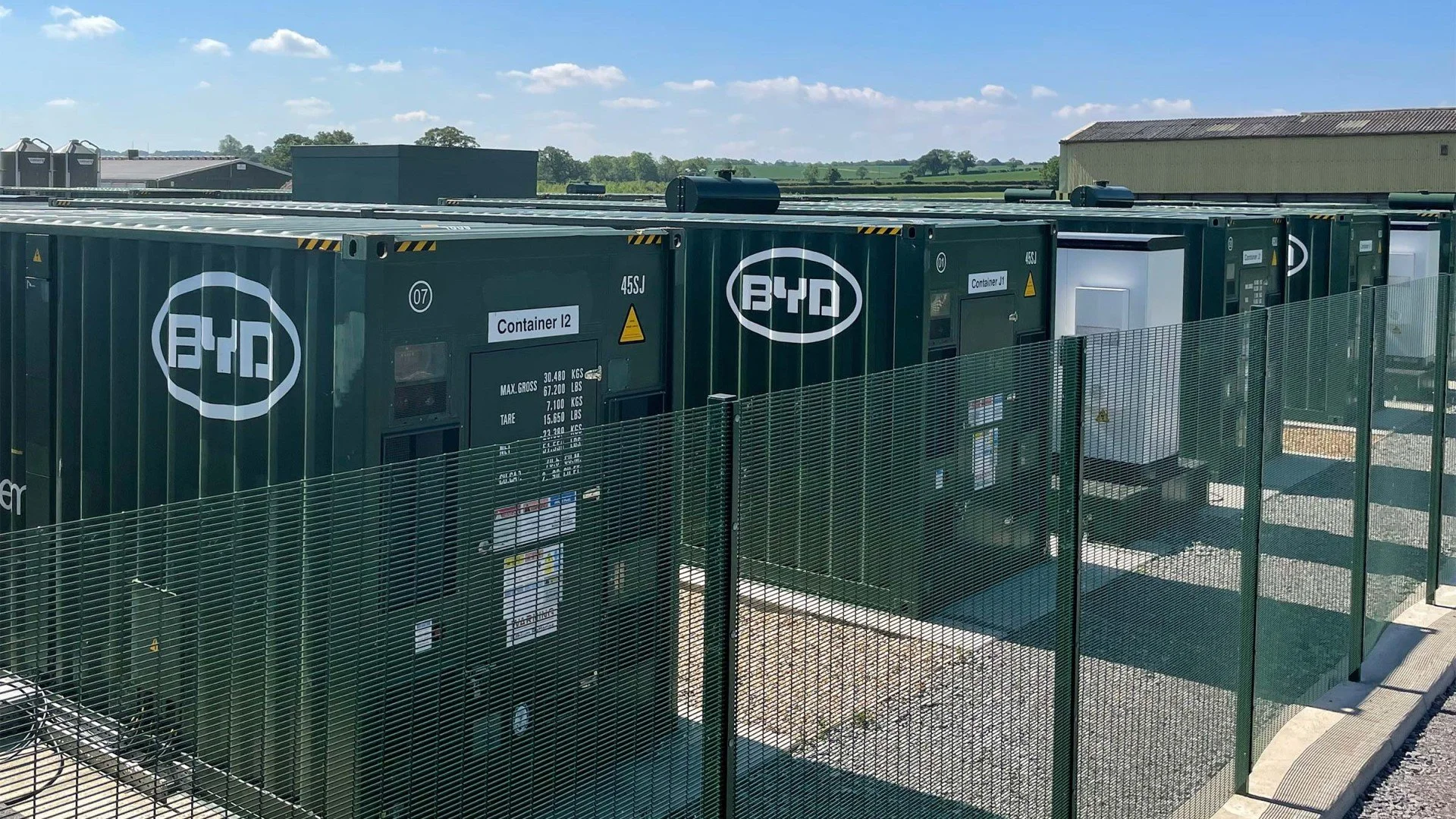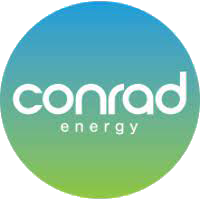A deft touch: finding the right level of control for power asset dispatch and monitoring
Conrad Energy was a large independent power producer (IPP) with a common challenge: how to effectively monitor and control a distributed and varied fleet of power generation assets. In January 2020, those problems appeared to be solved with the implementation of the iON platform from TGG. However, the challenge re-emerged and became all the more acute in late 2020 when the company bought another 275MW of assets along with their own power asset dispatch and monitoring solution, leaving Conrad Energy a choice to make between competing tech platforms.
At the start of 2020, Conrad Energy was a successfully expanding company experiencing some technological growing pains. As an IPP, the company’s business model was to own and operate a fleet of power generation sites – usually ranging from 5MW to 40MW and powered by gas engines – and to use them to provide flexible power to the wholesale, balancing and capacity markets.
To do that effectively, Conrad Energy needed to be able to quickly dispatch assets in response to pricing signals and instructions the system operator – the success of the business model lies in flexibility and speed. At the same time, assets must be continually monitored to ensure good condition and optimum performance when they are called upon.
Up to a certain portfolio size, this is manageable as a manual operation, individually dispatching each asset according to need and inspecting assets one-by-one. However, such a time-intensive approach is not scalable, and would effectively place a cap on total portfolio size.

Various power asset dispatch and monitoring solutions already existed on the market, but none of them precisely matched Conrad Energy’s needs. The solutions fell short on one or both of two common drawbacks.
On the one hand, site developers & OEMs may provide a dedicated control system for a site, enabling control and monitoring functions, but these control systems are tied to the OEM. If a developer uses multiple OEM, they will inevitably have multiple control systems to monitor and interact with.
On the other hand, some route to market providers operate their own dispatch systems, which require black boxes to be installed on sites. This effectively ties the site owner to a route to market provider, reducing direct control of their sites, and restricting options to switch providers in the future.
Conrad Energy was looking to increase its control over the portfolio – not outsource it. Enter TGG.
TGG began life after two colleagues had been tasked with building a power asset dispatch and monitoring solution in-house for a Big Six energy company. Successful delivery of the project kindled ambitions in the pair to strike out on their own and build an even better system, leading them to found TGG and develop iON.
Connections from previous roles put TGG on Conrad Energy’s radar, but it was the strength of the technology that won the work. Unlike competitor solutions, iON was developed from the start to increase control for users. No black boxes needed to be installed on-site, no outside trading or optimisation function from TGG needed to be involved.
Having agreed to implement iON in January 2020, by March 2020 the first asset was online on the system, and the others swiftly followed with no failures or major teething problems.
That state of affairs lasted until November 2020, when Conrad Energy acquired assets making it the UK’s largest independent flexible power platform in the process. However, these assets brought their own power asset dispatch and monitoring platform with them.
Keeping both systems wasn’t an option. Running them in parallel would in effect be to run the two previously separate portfolios in parallel, and partially defeat the logic of bringing them together. One system had to be chosen, and ultimately that system was iON because:
- The new legacy system involved on-site black boxes tied to a specific OEM, compromising Conrad Energy’s control. iON did not need this.
- Built on OSIsoft’s (now Aveva) PI System Link to PI System, iON utilised robust, field-proven technology that had successfully supported energy and industrial assets in the UK for decades, giving an extra degree of confidence. In contrast, the competing legacy system suffered from data issues, frequent dropouts and freezes.
- For example, some sites on the legacy system were sending as much as 80GB of data each month, creating unnecessary bloat. iON was sending 130MB with increased functionality.
- By this time, iON had been operating for six months with zero operational issues, giving yet more confidence it was the right platform to choose.
Crucially, iON offered a deeper level of data analysis possible. Suddenly everyone could easily see deviations in plant performance, line blockages, early signs of maintenance issues, as well as real-time monitoring and the potential for predictive analytics.
These decisions played out against a backdrop of a portfolio mainly consisting of gas engines. At the time of writing, Conrad Energy has since diversified into battery storage (with solar to come) and expanded its portfolio to more than 600MW of capacity across 45 plants – all supported by iON.

“With iON, our lives get easier but we retain complete control over the value-adding decisions and our assets. It’s the right balance for us – we want a tool to help us inform and execute our decisions, not make them for us. And the TGG team behind it are invaluable – they know the industry inside out and a problem you’ve been struggling with for six months can be solved with a 20 minute phone call”
